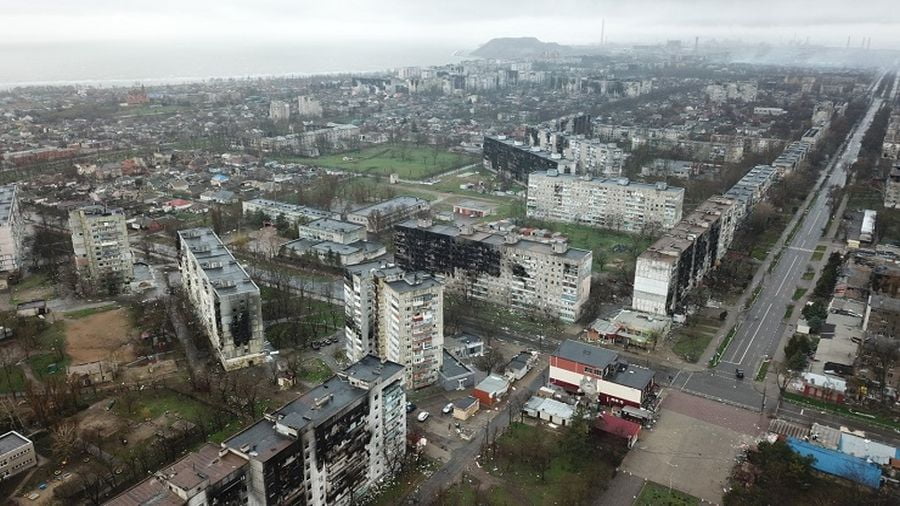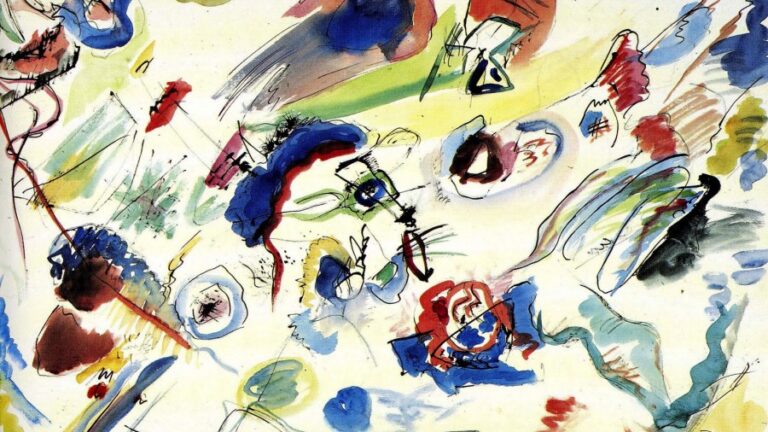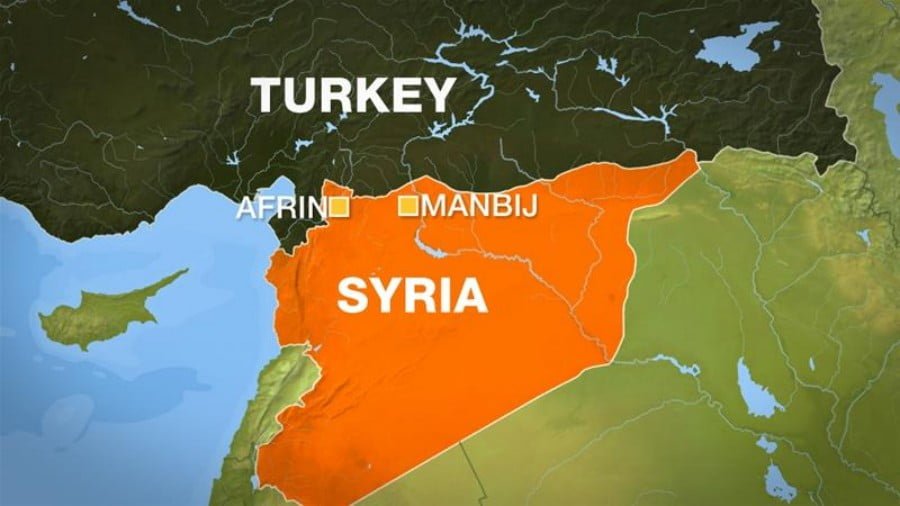The Great Game of Divisiveness Draws Nearer to the End
From the most recent lunacy propagated by western “democracies,” my recent suggestion that Washington wants to give half of Ukraine to Poland may have merit. But, news, the Germans have been blackmailed into sending some old Leopard tanks to Ukraine bears watching since this move will undoubtedly sever Russo-German ties for good. And the fact that Russia now faces almost all westerners begs the question, “When does Russia go ahead and declare war?”
Crimea. If the Euromaidan coup was the catalyst for breaking west-east detente, Crimean’s deciding to return to Mother Russia busted any hope there would ever be peace on the steppes of Russia. Interestingly, Crimea and Ukraine have never been at peace and under a unified socio-cultural rule since the time of the Scythians. From the 7th to the 3rd century BC, those ancient equestrian nomads from Iran and Central Asia ruled the so-called Pontic–Caspian steppe. I know it’s a deep dive into distant history, but a necessary one for making my Ukraine conflict point.
You see, this region of the world now known as Ukraine has never seen peace except during the time of the powerful Scythians and Sarmatians, for a few decades as part of the U.S.S.R., and briefly as a close economic and cultural neighbor to the new Russian Federation. The in-between times consisted of the Goths took over and their role in the fall of the Roman Empire, followed by an endless succession of migrations, wars, and governance by the Huns, Mongols, Khazars, Magyars, the Russian Empire, and most recently the Soviet Union during the 20th Century. Peace in this land has been a rare commodity since immortal time. There is only one real constant that is fundamental to the crisis today.
The strategists in the so-called west are playing a centuries old game designed to fragment the natural inheritors of Eurasia’s wealth and culture at one another’s throats. Ukraine, much of Russia, and almost all of eastern Europe have roots in the mysterious Zeriuani tribe at the center of all Slavic cultures, nations, and empires. Few readers will have heard of the Zeriuani, for their origins remain obscure. However, whether these first Slavs came from Serbia, Lesser Poland, or along the Oder River in the Czech Republic, their legacy of conflict with outside influencers still causes clashes between great powers.
In 2021, Russian President Vladimir Putin wrote an essay about the kinship between Ukraine and Russia and their mutual Slavic heritage. Western academians have sought to undermine Putin’s claim by slicing and dicing his words. This excerpt defines his position and the truth:
“I would like to emphasize that the wall that has emerged in recent years between Russia and Ukraine, between the parts of what is essentially the same historic and spiritual space, to my mind, is our great common misfortune and tragedy. These are, first and foremost, the consequences of our mistakes made at different periods. But these are also the result of deliberate efforts by those forces that have always sought to undermine our unity.”
Putin explains how dividing Slavs has been the formula for western monarchies and democracies for centuries. He points out that these outsiders “play on the “national question” and sow discord among people.” Of course, the goal is to pit various fragmented parts of a single people against one another. Mr. Putin rightly contends in his essay that Russians, Ukrainians, and Belarusians are all descendants of Ancient Rus. But the Russian leader does not return to the ways Slavic people were dispersed and situated before the Kievan Rus. Without delving deeply into the bloody history of eastern Europe these many centuries, I can portray what a unified Slavic nation melded into Asian Russia might look like. Some of you may have guessed it. The European Soviet Union, minus the Balts, the Avars, and some Greeks, made up the lands once (7th to 9th century AD) widely influenced or even dominated by the western, east, and southern Slavic tribes. Interesting, no?
It’s also interesting to note that the Germanization of Austria, served after the formation of the Bulgarian Empire, separated the South Slavs from the West and East Slavs. The Magyar’s conquest of the Carpathian Basin further separated the various Slavic tribes. Had these “outside forces” not interjected, the later Kievan Rus might have been powerful enough to withstand the Mongol invasion. Such are the potentialities when tribes put wedges in between more powerful and numerous neighbors. From Byzantium to the modern Germans and now the Americans, keeping Slavs separated or as foes is an ongoing strategy for dominating. Mr. Putin is fitting to recall history. Now, Washington and its hegemony of weak European nations drive the ultimate wedge between west and east.
What amazes me is how obtuse the elites in Europe are. None seem to be able to envision a future where a declining U.S. economic empire drags Europeans down. Now that Europe is little more than a tourist attraction and a consumer market, Germans and their troglodyte-ish minions based in Brussels and London just can’t conceive how the Americans are about to put the thumbscrews to them. It reminds me of Walmart’s strategy to run Mom and Pop out of business in the U.S. Mafioso tactics, basically. A protection racket Europe is begging for by cordoning off the largest sources of cheap energy and production on Earth.
The Liberal World Order can’t have some great Slavic Confederation intervene in their way of doing things. I only wonder how long it will take for the Russians to do what’s necessary. Mr. Putin ended his essay by saying, “I am confident that true sovereignty of Ukraine is possible only in partnership with Russia.” The only other alternative is to push to the borders of Poland, Romania, Moldova, Slovakia, and Hungary.







